El Chepe
( Ferrocarril Chihuahua al Pacífico )The Ferrocarril Chihuahua al Pacífico (Chihuahua-Pacific Railway), also known as El Chepe from its reporting mark CHP, is a major rail line in northwest Mexico, linking Chihuahua City to Los Mochis and its port, Topolobampo. It crosses the Sierra Madre Occidental, part of the range that in the United States is called the Rocky Mountains. There is no road covering the trajectory.
It runs 673 km (418 mi), traversing the Copper Canyon, a rugged series of canyons that have led some to call this the most scenic railroad trip on the continent. It is both an important transportation system for locals and a draw for tourists.
The tracks pass over 37 bridges and through 86 tunnels, rising as high as 2,400 m (7,900 ft) above sea level near Divisadero (the continental divide), a popular lookout spot over the canyons. Each one-way trip takes roughly 16 hours. The track also cross...Read more
The Ferrocarril Chihuahua al Pacífico (Chihuahua-Pacific Railway), also known as El Chepe from its reporting mark CHP, is a major rail line in northwest Mexico, linking Chihuahua City to Los Mochis and its port, Topolobampo. It crosses the Sierra Madre Occidental, part of the range that in the United States is called the Rocky Mountains. There is no road covering the trajectory.
It runs 673 km (418 mi), traversing the Copper Canyon, a rugged series of canyons that have led some to call this the most scenic railroad trip on the continent. It is both an important transportation system for locals and a draw for tourists.
The tracks pass over 37 bridges and through 86 tunnels, rising as high as 2,400 m (7,900 ft) above sea level near Divisadero (the continental divide), a popular lookout spot over the canyons. Each one-way trip takes roughly 16 hours. The track also crosses over itself to gain elevation.
The headquarters were in turn located in Mexico City, Chihuahua and Los Mochis.
The concept of the railroad was officially recognized in 1880, when the president of Mexico, General Manuel González, granted a rail concession to Albert Kinsey Owen[1][2] of the Utopia Socialist Colony of New Harmony, Indiana, United States, who was seeking to develop a socialist colony in Mexico. The railroad was actually built by Arthur Stilwell[3] as the Kansas City, Mexico and Orient Railway, starting about 1900.[4]
From 1910 to 1914, Mexico North Western Railway (sp. Ferrocarril del Noroeste) completed the Temosachic-Casas-Grandes line. Kansas City, Mexico and Orient Railway completed the Chihuahua-Ojinaga section.[5] Enrique Creel's Chihuahua al Pacífico railroad completed the Chihuahua-Creel section.[5]
In 1940, the Mexico acquired rights from Kansas City, Mexico and Orient Railway.[5] In May 1952, Mexico took possession of a line operated by Mexican Northwestern Railway.[5] In 1955, Mexico merged them as Ferrocarril Chihuahua al Pacifico, S.A. de C.V.[5]
Financial difficulties caused by the cost of building a railroad through rugged terrain delayed the project, and the ChP was not completed until 1961.[1][3]
The private rail franchise Ferromex took over the railroad from the Mexican government in 1998.[citation needed]


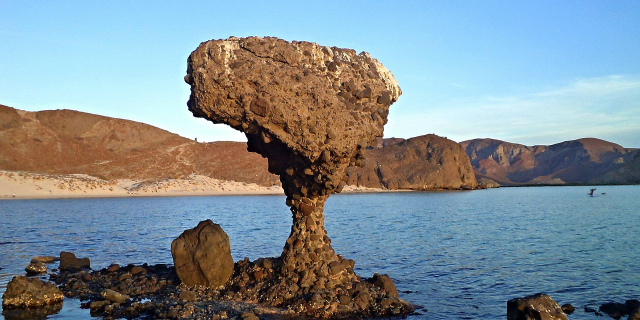

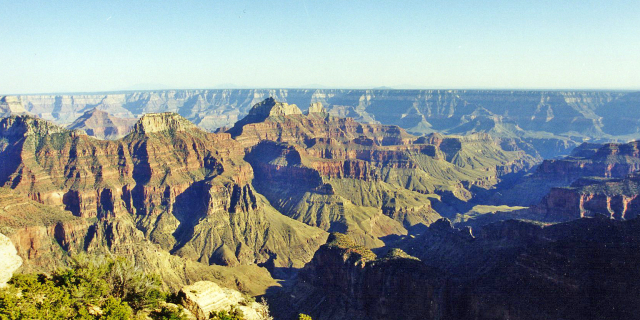




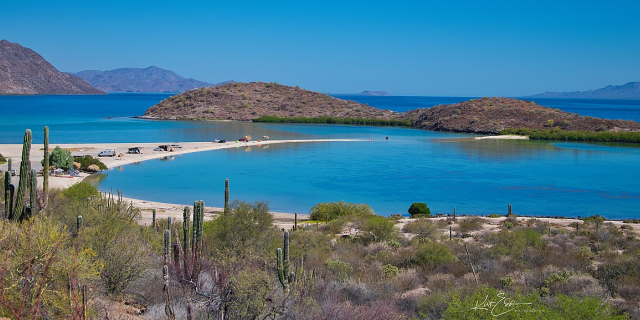
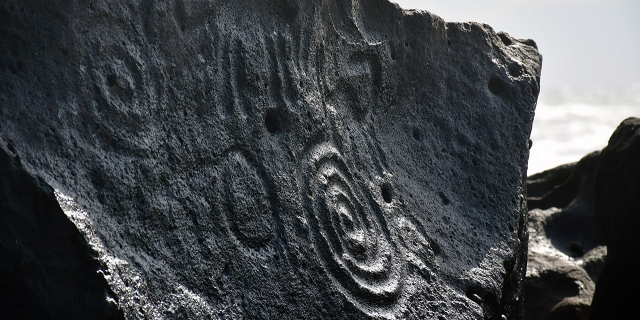




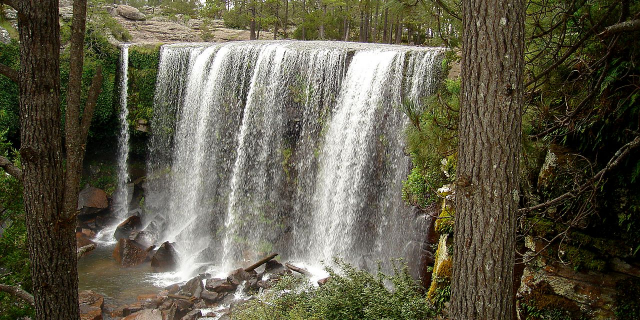
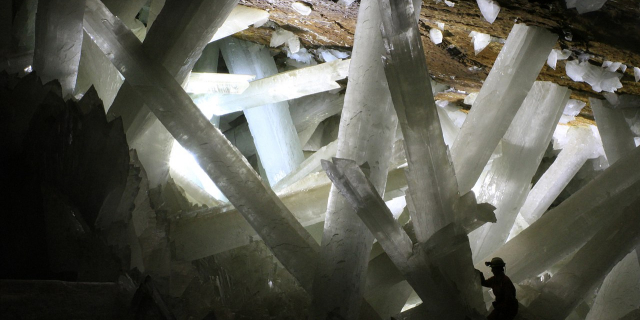
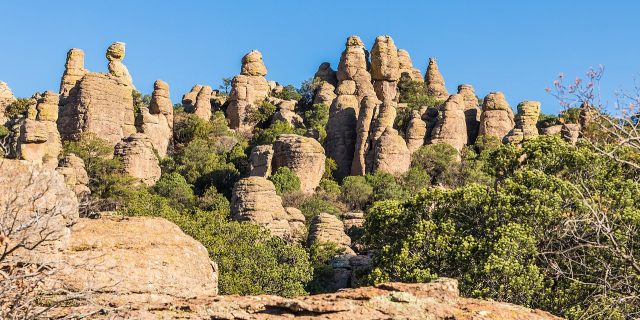



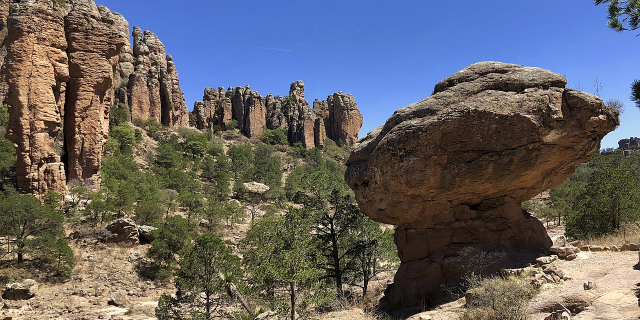
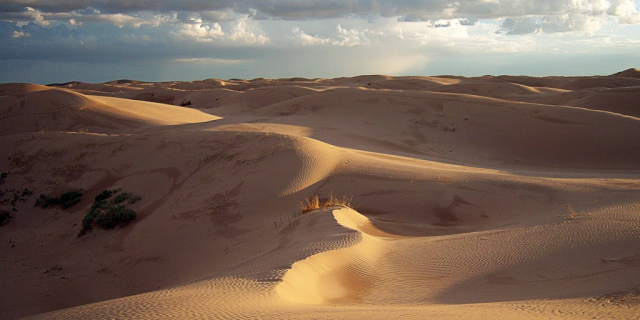

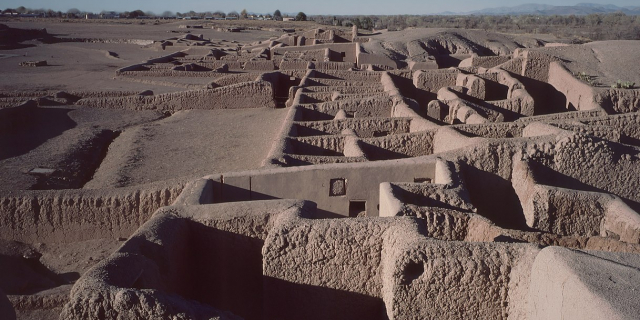
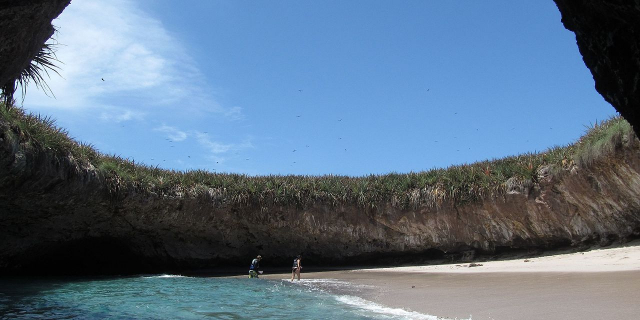


Add new comment